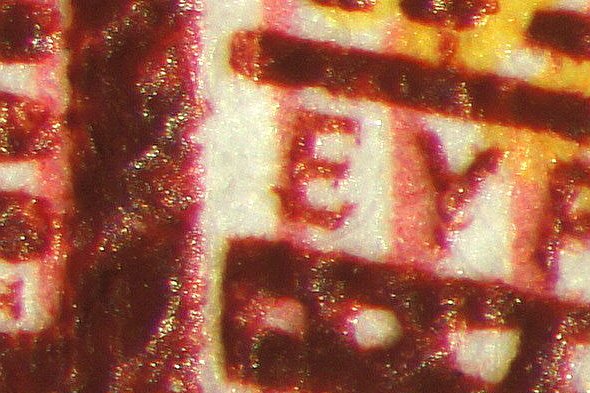The MBS-10 stereo microscope (I)
Though some of you might already know, we have to point out in the beginning
that a stereo microscope is by no means just a regular compound microscope
bearing two eyepieces. You see, a regular compound microscope is restricted to delivering
two identical, non-stereoscopic views of the specimen, i.e. no visual 3D impression at all.
In contrast a real stereo microscope is providing the luxury and delight of true
stereoscopic imaging. Though the overall magnification of the stereo microscope is
drastically lower you will have a feeling of flying over your specimen,
like an eagle (if everything is well-adjusted ...).
One of our favourite stereo microscopes is the Russian MBS-10 microscope. There are several reasons
why we want to draw your attention to it. First of all it is a massive, rugged
instrument of archaic build quality with an image quality that is well suited
even for most professional applications. And, what we feel is still more important,
it is greatly underrated, even by amateurs. When looking around in the internet you will
come to the conclusion that the MBS-10 might be a poorly constructed microscope,
at the very entry level, just for the beginner.
But it must be understood that the MBS-10 is not fully idiot-proof, that it might
arrive on your desk in unadjusted and possibly even ill-treated condition. Furthermore,
many of those instruments will have a considerable age and a DIY treatment history.
So, what is it all about? Just have a look at the following images and captions:
|
![[Title fragment 1.1]](t1_1.gif)
![[Title fragment 1.2]](t1_2e.gif)
![[Title fragment 1.3]](t1_3e.gif)
![[Title fragment 3.1]](t3_1.gif)
![[Title fragment 3.2]](t3_2.gif)
![[Title fragment 3.3]](t3_3e.gif)
![[Title fragment 1.1]](t1_1.gif)
![[Title fragment 1.2]](t1_2e.gif)
![[Title fragment 1.3]](t1_3e.gif)
![[Title fragment 3.1]](t3_1.gif)
![[Title fragment 3.2]](t3_2.gif)
![[Title fragment 3.3]](t3_3e.gif)
![[ the MBS-10 stereo microscope ]](./apr2012/mbs10_1.jpg)
![[ MBS-10 stereo microscope, detail ]](./apr2012/mbs10_2.jpg)
![[ MBS-10 Trafo ]](./apr2012/mbs10_3.jpg)
![[ MBS-10 demo image #1 ]](./apr2012/10e1.jpg)
